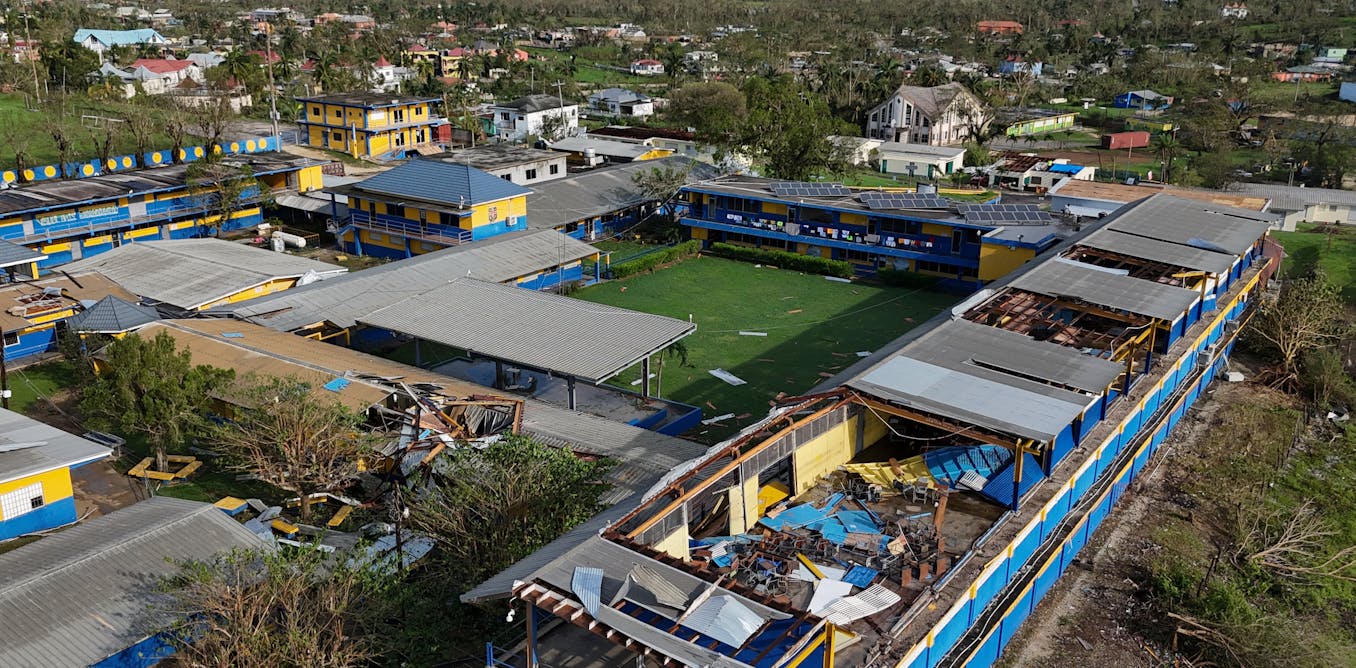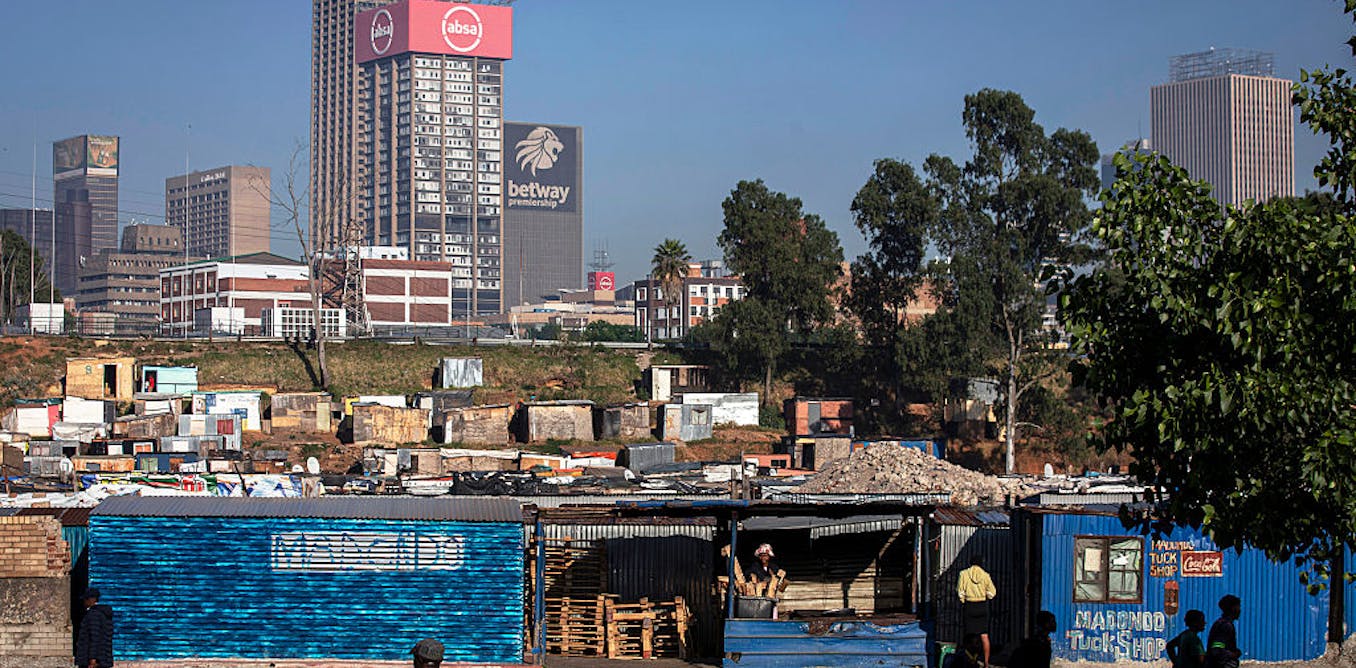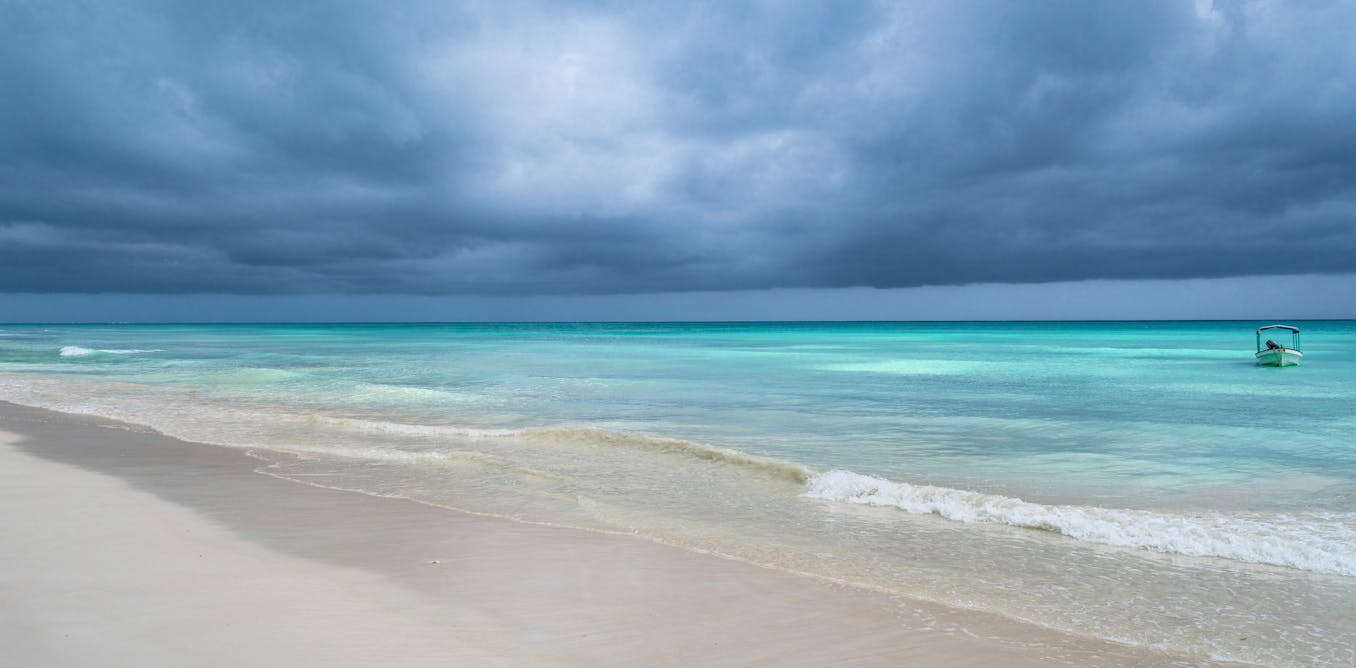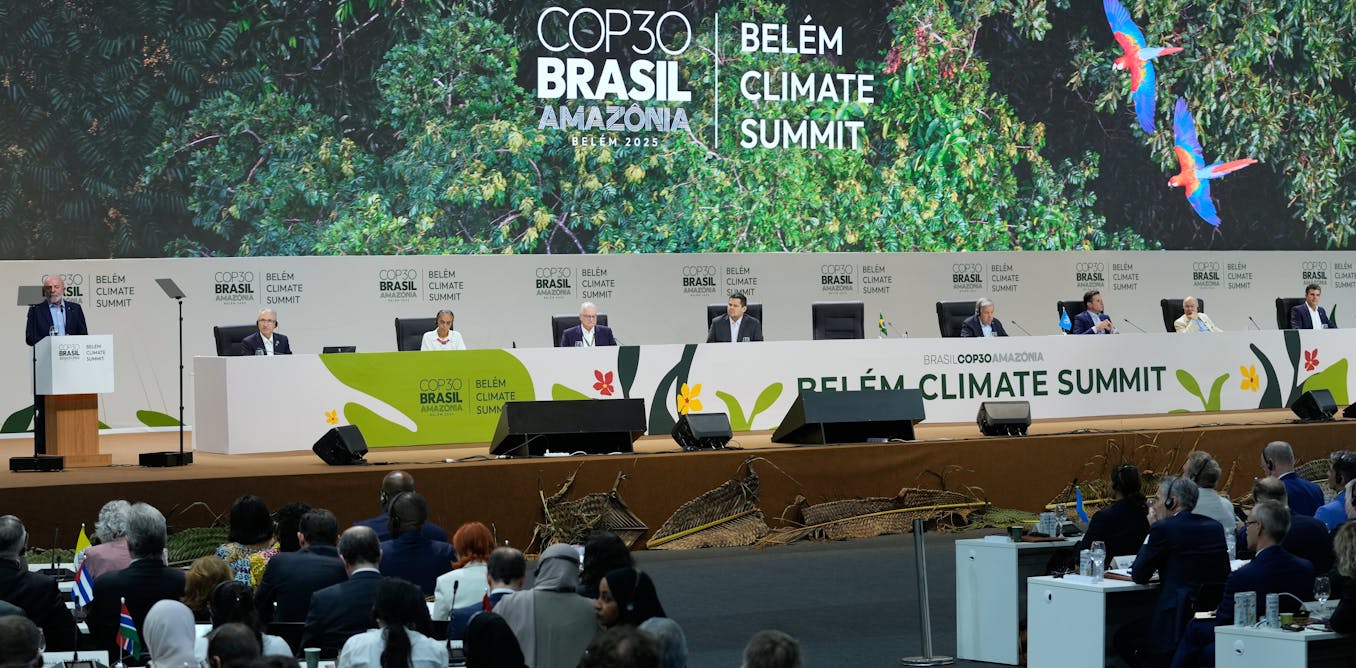The largest U.S. federal loan guarantee for long-duration energy storage didn’t last long.
Less than two weeks after the U.S. Department of Energy announced it would loan Hydrostor nearly $1.8 billion to build the world’s biggest compressed-air energy storage facility, the agency placed the loan under review. The about-face is one of a slew of renewable energy rethinks since the Trump administration took office on 20 January.
The Hydrostor loan was formulated under a Bush-era program, but wasn’t conditionally confirmed until the final weeks of the Biden administration as it was rushing to allocate funds before Trump took office in January. Now Hydrostor must simply wait and see whether its 500-megawatt Willow Rock Energy Storage Center in Rosamond, California, which promises to stabilize the supply of renewable electricity and reduce fossil fuel usage in the region, will benefit from government cash. The DOE did not give the company any indication of a timeline for its decision.
“We do believe these are obligated funds,” says Scott Bolton, executive vice president at Hydrostor. “If you look at what Willow Rock represents, there’s a deep need for this resource on the grid, no matter who’s in charge, no matter what the energy policy priorities of the country are.”
Most experts agree that energy storage is a key component to deploying renewable power at scale. Because electricity from solar and wind farms varies daily and seasonally, utilities can find themselves with too much power at times and too little at others. Excess power is often wasted, while a shortfall can mean firing up gas or coal plants.
Static lithium ion batteries are great at storing power for a couple of hours, but not so much for overnight or longer. In 2023, the DOE estimated that the United States would need up to 460,000 MW of long-duration energy storage by 2050 to hit net zero carbon goals. Researchers are developing a wide range of approaches to store grid-scale energy, including with ceramic blocks, nickel-hydrogen batteries, geothermal spaces, hydrogen, methanol, and sand, but none are ready for large-scale deployment.
Hydrostor’s approach, called compressed air energy storage (CAES), uses excess renewable power to compress air and store it underground. When power is needed, the air is released through a turbine that spins to produce electricity. The process is complicated somewhat by thermodynamics—compressing air also heats it up, while releasing it has an extreme cooling effect.
Early CAES efforts used natural subterranean caverns but relied on natural gas to heat the released air to avoid it icing up. Hydrostor’s facility in the Mojave Desert would be among the first in a new generation of CAES projects to separately store the heat as the air is being squeezed, using it to warm the air later on.
The Willow Rock site sits conveniently near transmission lines that connect solar farms in the desert and consumers in Los Angeles. “Location is…
Read full article: DOE Halts Loan to Hydrostor Compressed-Air Energy Storage

The post “DOE Halts Loan to Hydrostor Compressed-Air Energy Storage” by Mark Harris was published on 02/04/2025 by spectrum.ieee.org


































Leave a Reply